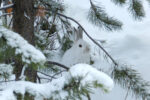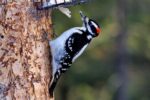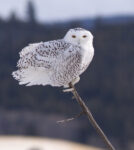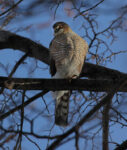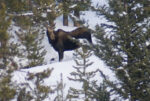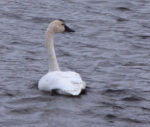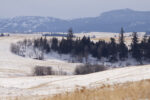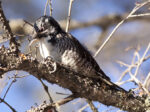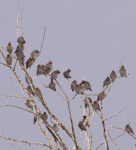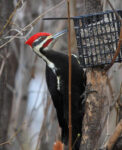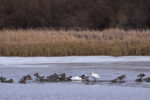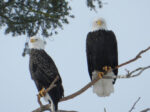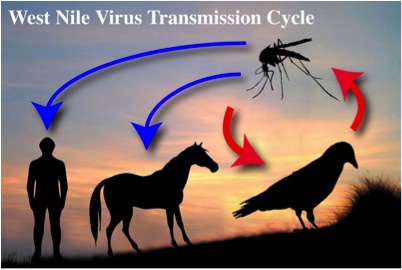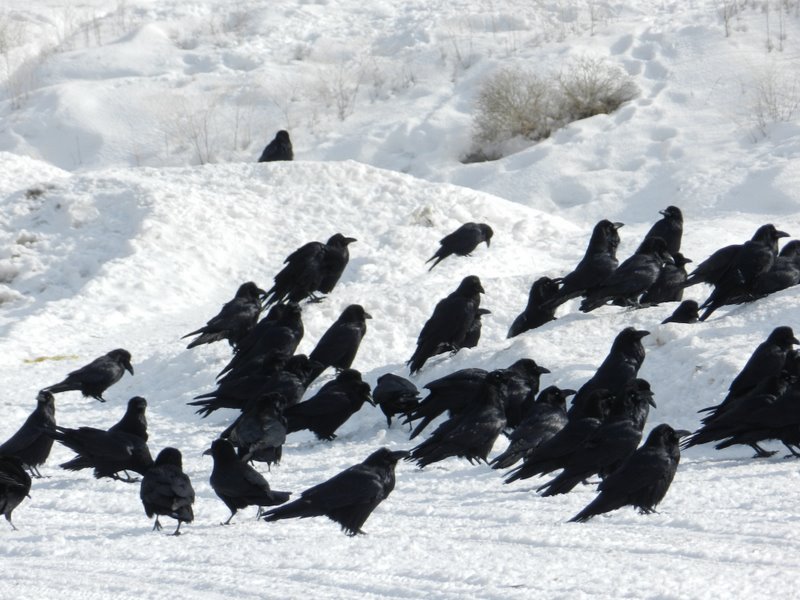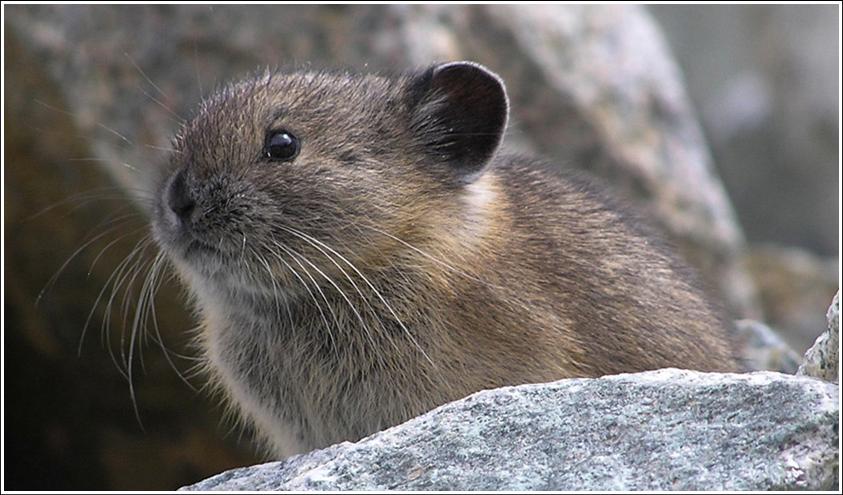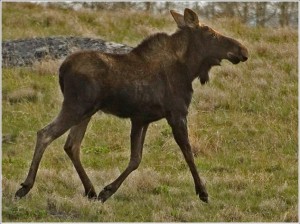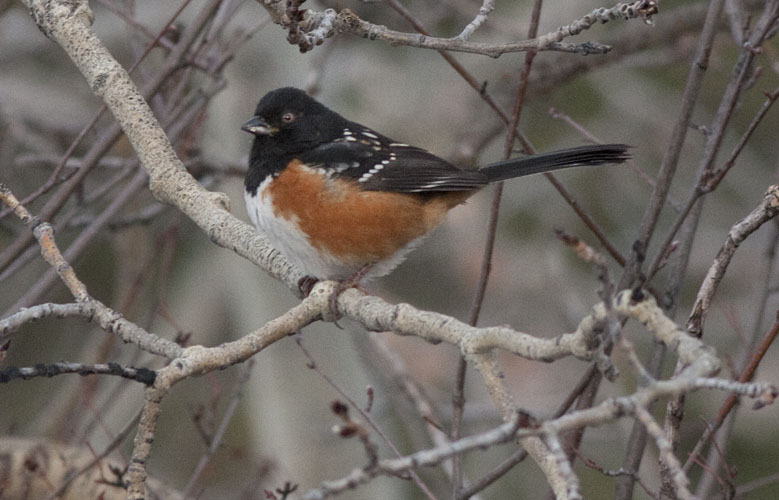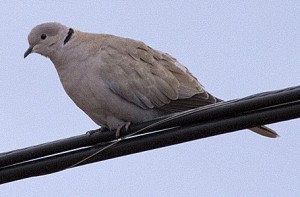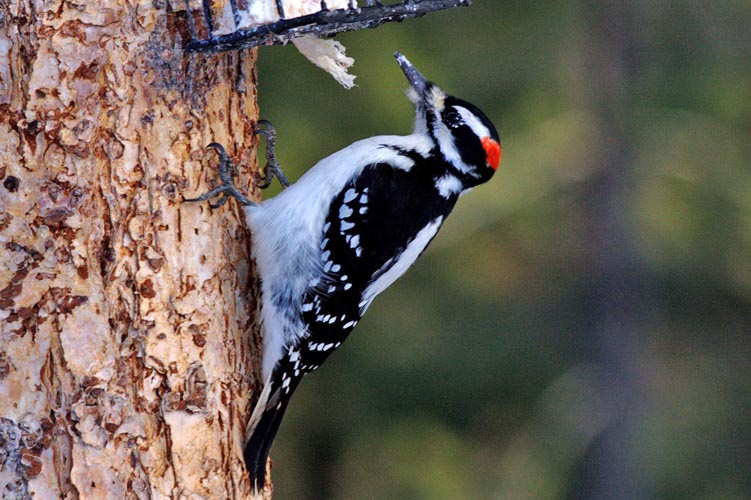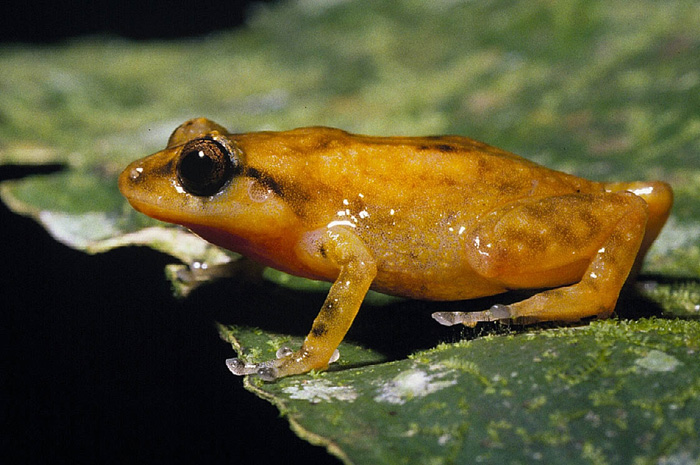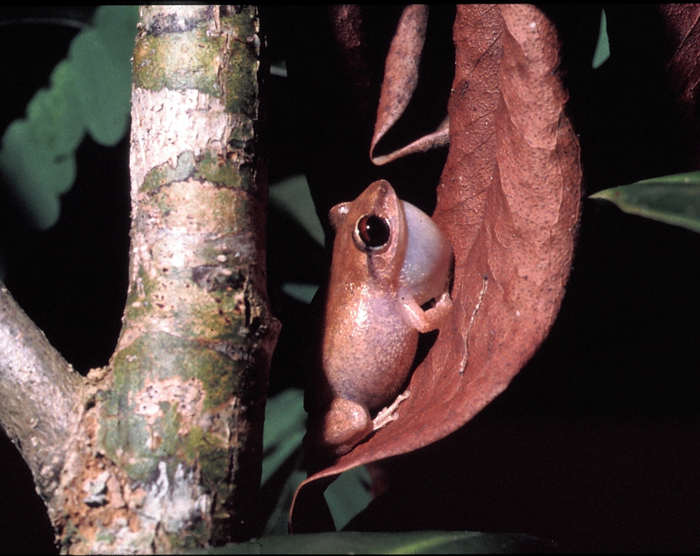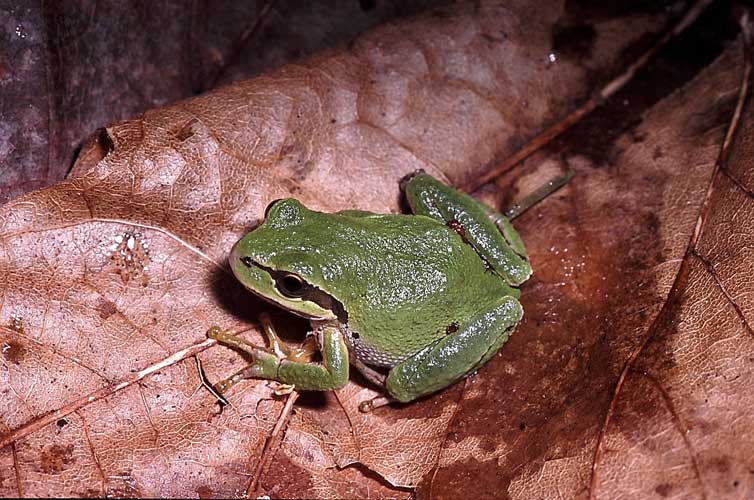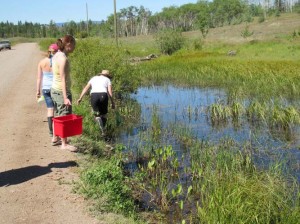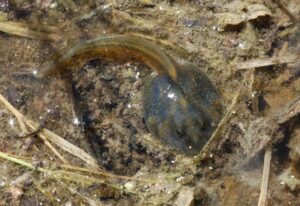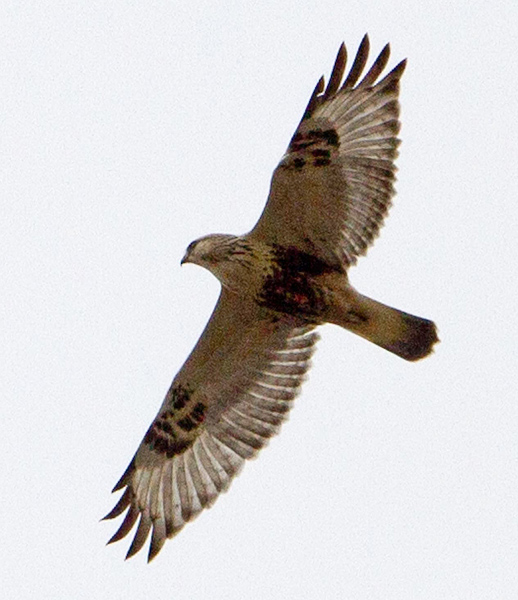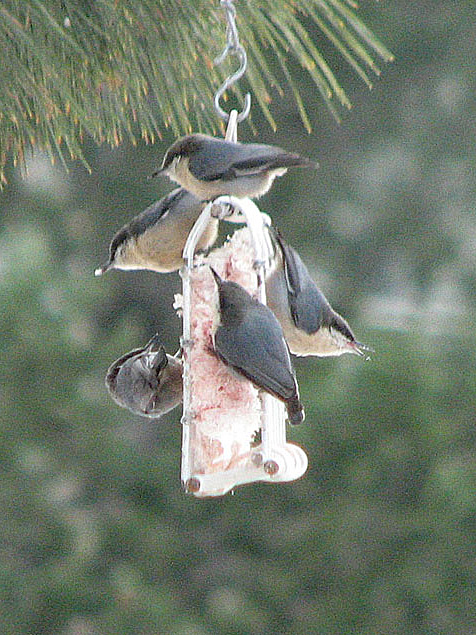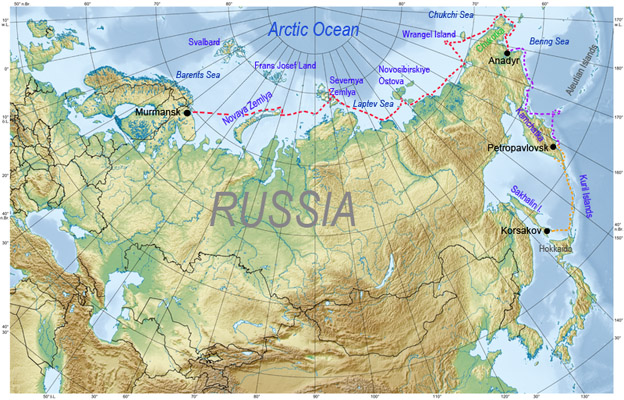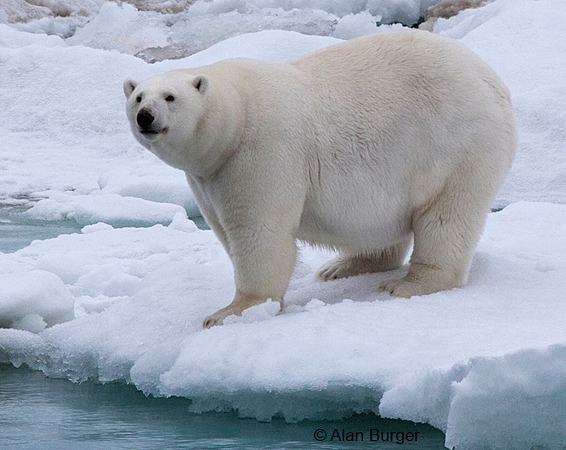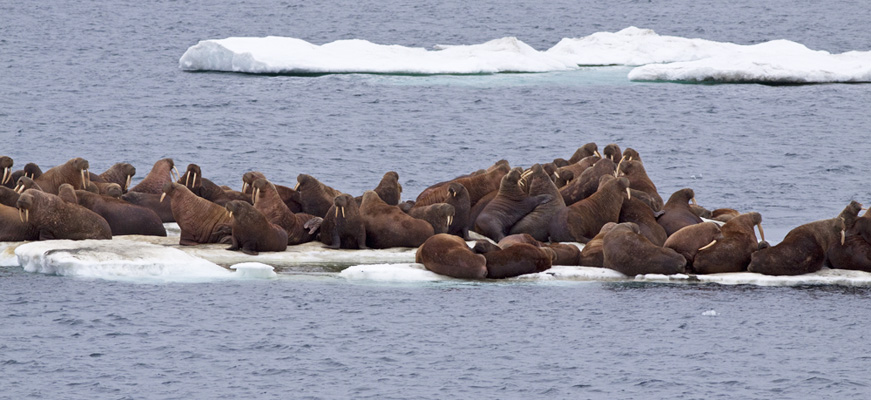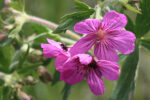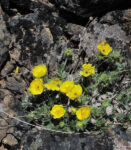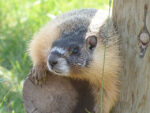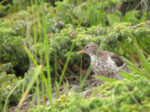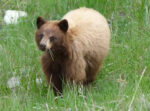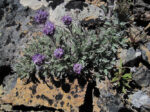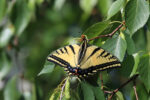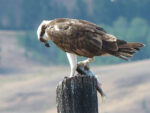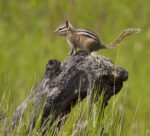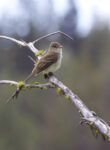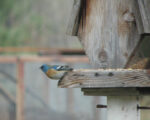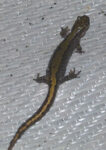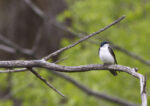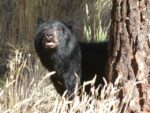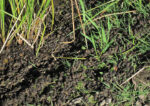Some winter wildlife photos from the Merritt area taken by members of the Nicola Naturalist Society, Merritt, BC.
Click on the thumbnails to see full-size images. Then click the links below the photo to move to the next enlarged photo. To return to the thumbnail page click the link above an enlarged photo.
- A Snowshoe Hare – common but seldom seen in the BC interior. Photo: Greg & Terry Tellier http://www.telliersfishermanscove.com/
- Hairy Woodpecker (male) at a Merritt-area feeder. Photo: © Corey Burger
- Snowy Owl near Minnie Lake on the Douglas Plateau, December 2011. photo © Alan Burger
- A Sharp-shinned Hawk photographed in Merritt, BC. Photo: © Murphy Shewchuk
- Bobcat in the Nicola Valley. Nov. 2011. Photo: © Alan Burger
- Moose near Osprey Lake, BC. Photo: © Greg & Terry Tellier http://www.telliersfishermanscove.com/
- A Tundra Swan on Douglas Lake near Merritt, BC, Nov. 2011. Photo: © Alan Burger
- A juvenile (left) and adult (right) Trumpeter Swan. Photo: © Gloria Brenner
- Snow dusting the grasslands of the Douglas Plateau near Merritt, BC. Photo © Alan Burger
- American Three-toed Woodpecker (female). Photo: © Alan Burger
- Bohemian Waxwings are common winter visitors to the Nicola Valley. Photo: Alan Burger
- Rough-legged Hawk hunting for rodents on the Douglas Plateau. Photo: © Alan Burger
- A male Pileated Woodpecker at a Merritt feeder. Photo: © Murphy Shewchuk
- Snowy Owl hunting for rodents on the Douglas Plateau, Nov. 2011. Photo: © Alan Burger
- Canada Geese and Trumpeter Swans on the ice on Douglas Lake, Nov. 2011. Photo: ©Alan Burger
- This Spotted Towhee was spotted on the Merritt Christmas Bird Count, January 2012. Photo: © Corey Burger
- A pair of Bald Eagles photographed near osprey lake, BC by Greg & Terry Tellier. http://www.telliersfishermanscove.com/
- The Eurasian Collared Dove, a species introduced from Asia, is increasing and spreading in the southern interior of BC. Photo: Alan Burger

